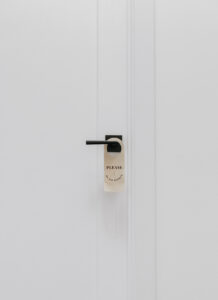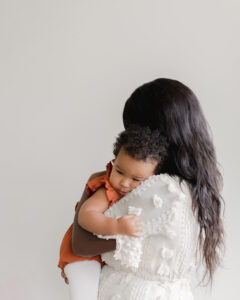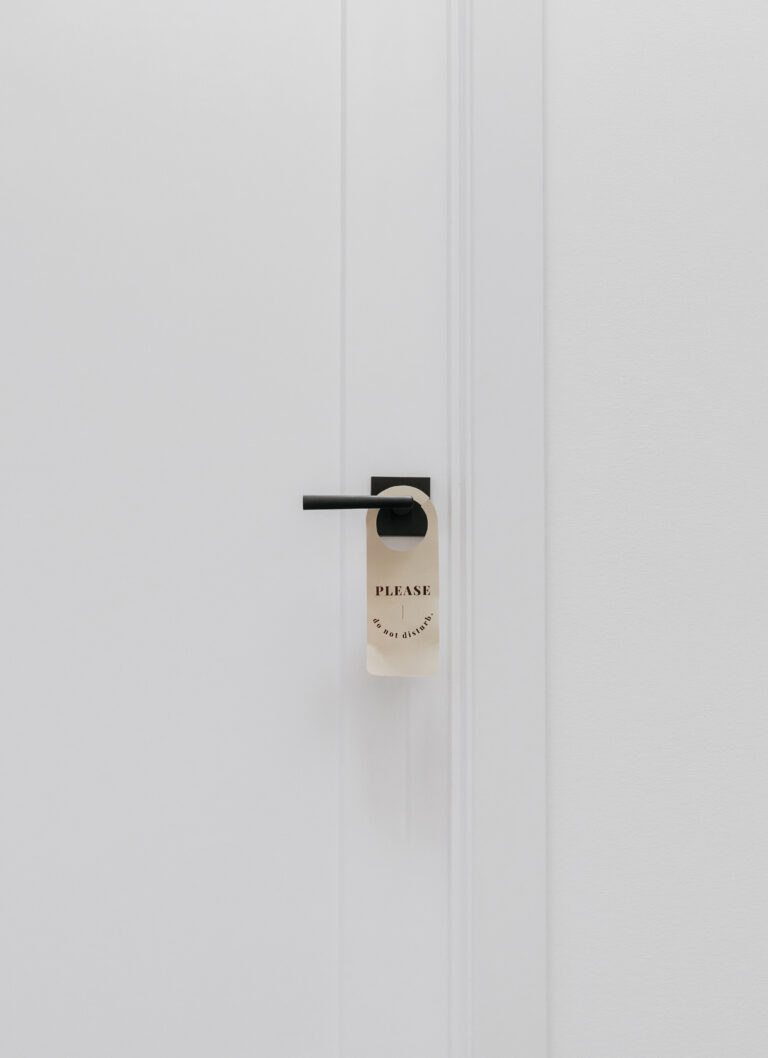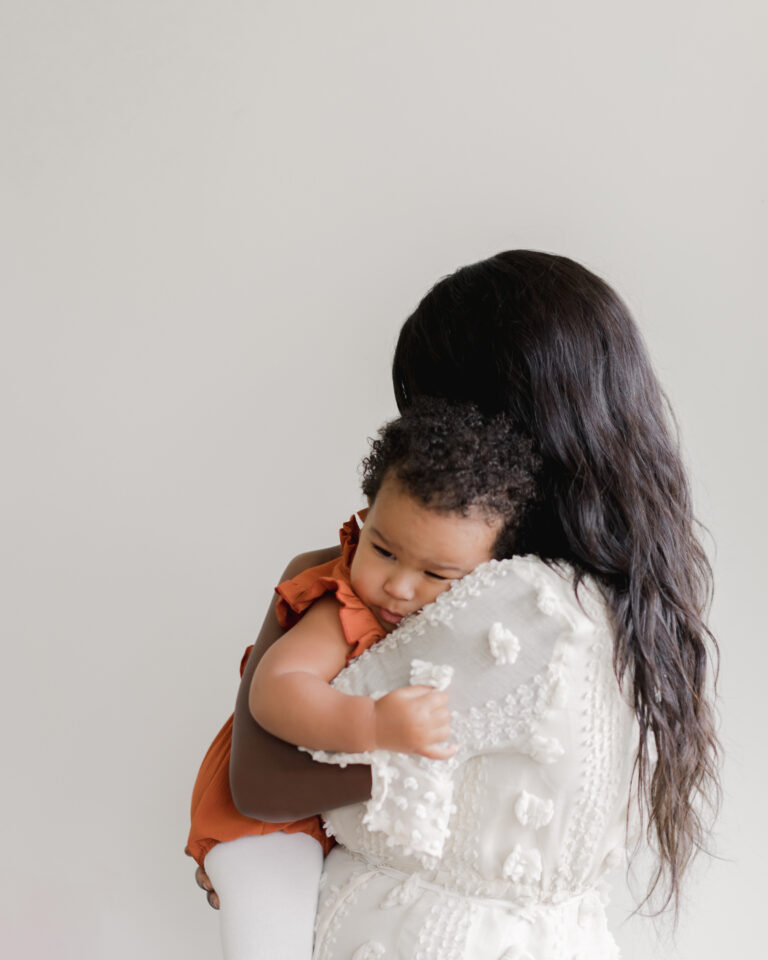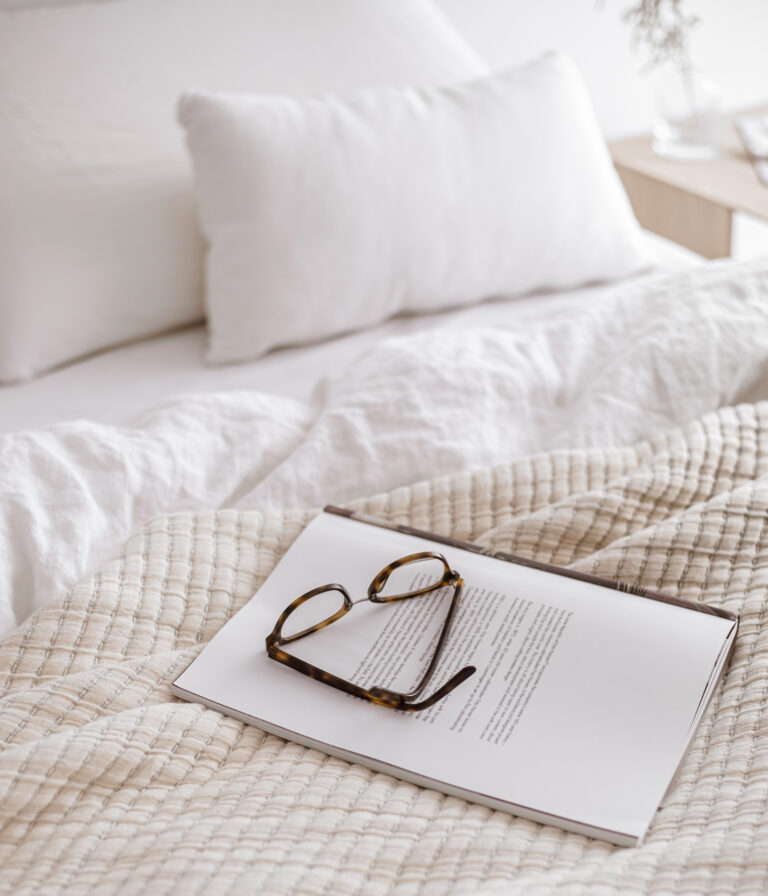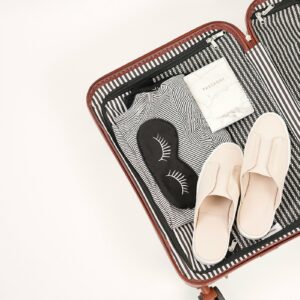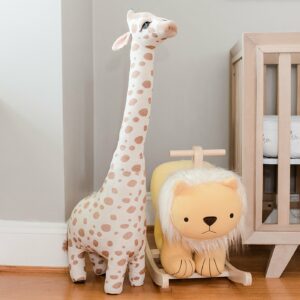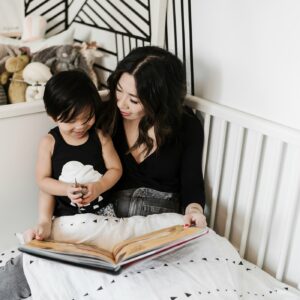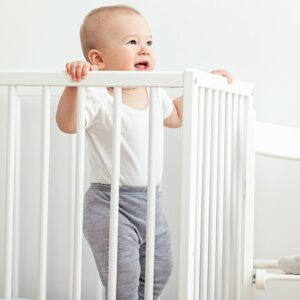All parents are superheroes, but twin parents are certainly in a league of their own. I have had the privilege to work with several twin families and want to share some of the helpful tips we used to get their babies sleeping beautifully.
[This post contains some affiliate links but all product recommendations and opinions are my own. If you use these links to buy something, I may earn a small commission which in turn supports my work.]
1. If your babies share a room, keep them together at night but separate them for naps.
Multiples are used to sharing tight quarters with one another and sharing a room is no different. But even though your babies previously shared a womb and currently share a lot of genetic code, they are still their own little individual. That means they may not adapt to sleep training in the same exact way. While night sleep is usually achieved more predictably, there is a lot of variability in nap patterns. If we can give each baby their own daytime sleep space, it can help them progress at their own pace.
2. Sync up their schedules
My ultimate goal is to help parents get their babies on a predictable schedule because ain’t no one got time for two (or more) babies with drastically different sleep (and feeding) schedules. I recommend allowing a 15-30 minute “buffer,” so if Twin A wakes from a nap before Twin B, give Twin B about 15-30 minutes and if they haven’t woken on their own, go ahead and get them up to keep your day on track. (And when it’s time for the next nap, you can put Twin A down first!)
3. Invest in a good white noise machine (or two)
Babies are loud, and even though your babies are probably used to each other’s noises, it can be helpful minimize any disruptions that may occur if one twin wakes and the other does not. Keep sound machines at an appropriate level (about the volume of a shower) and situate it between their cribs if possible. Adding an extra one along a shared wall or outside of their door to dampen other household sounds can also be helpful.
My favorite white noise machines are the Hatch Baby Rest & the Dohm.
4. Consider their adjusted ages
If your multiples arrived early, use their due date to determine age-appropriate sleep needs. For example, if your twins are 5 months old but were born a month early, they may do better with a 4-month-old nap schedule. Likewise, waiting until 16 weeks (adjusted age) before doing any sleep training is helpful to make sure that your babies are developmentally ready for longer stretches of sleep.
If you’re a mom of multiples and are considering sleep training, I’d love to help. I want to take the stress & overwhelm of “the sleep stuff” off your plate so you can focus on being the best parents you can be to your two (or three, or four…) tiny humans.



